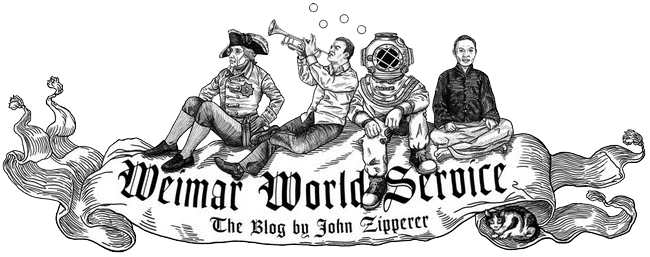Friday, September 23, 2011
And You Thought I Was Dreaming: Is the Magazine's Savior Already on the Market?
My sister, who works in the book business, let me know about the above video. The video's intended for publishing industry people who might buy the machine, but I post it here because it represents an exciting advance in print-on-demand and on-the-spot retailing. It is being pitched as a way for book publishers to keep their backlist available to customers without having to risk printing and distributing thousands of copies.
Readers of this blog know that my focus is more on the magazine business, and I think this could be similarly helpful for publishers of current magazines.
As I wrote a few years ago, I don't think the magazine business model has collapsed; it's the magazine distribution market that's collapsed. Retailers are carrying many fewer titles, fewer distributors even exist, and newsstand publishers still have to print untold copies of each issue that will never be sold but will instead end up in the shredders after they sit unsold on a magazine rack for a week or month. The cost of those over-print quantities is of course added to what customers pay for the copies they do buy. Therefore, I predicted that the salvation of the hard-copy print magazine will come from continued advances in personal printer technology, so that one day you can download and print out a fully bound, high quality magazine that's identical to one you would have picked up at the possibly non-existent newsstand or retailer. And those still-existing retailers could have such printers in their stores, where they print and sell copies as they need them.
If the magazine that this Espresso Book Machine can produce can be sold at a reasonable price, it could not only help all of us domestic publishers, but it could spawn hundreds of new publishers, and it could make it possible for a small magazine retailer to sell far more magazine titles than they can normally stock on their shelves; they could sell publications from all around the world, current copies and back issues.
There's probably still more development to go before this could be utilized for magazines (after all, photo-heavy magazines would require different paper, inks, and resolution than an all-text book interior), but magazine publishers and editors and advertisers and designers and writers and readers should start clamoring for it now.
Subscribe to:
Post Comments (Atom)

No comments:
Post a Comment